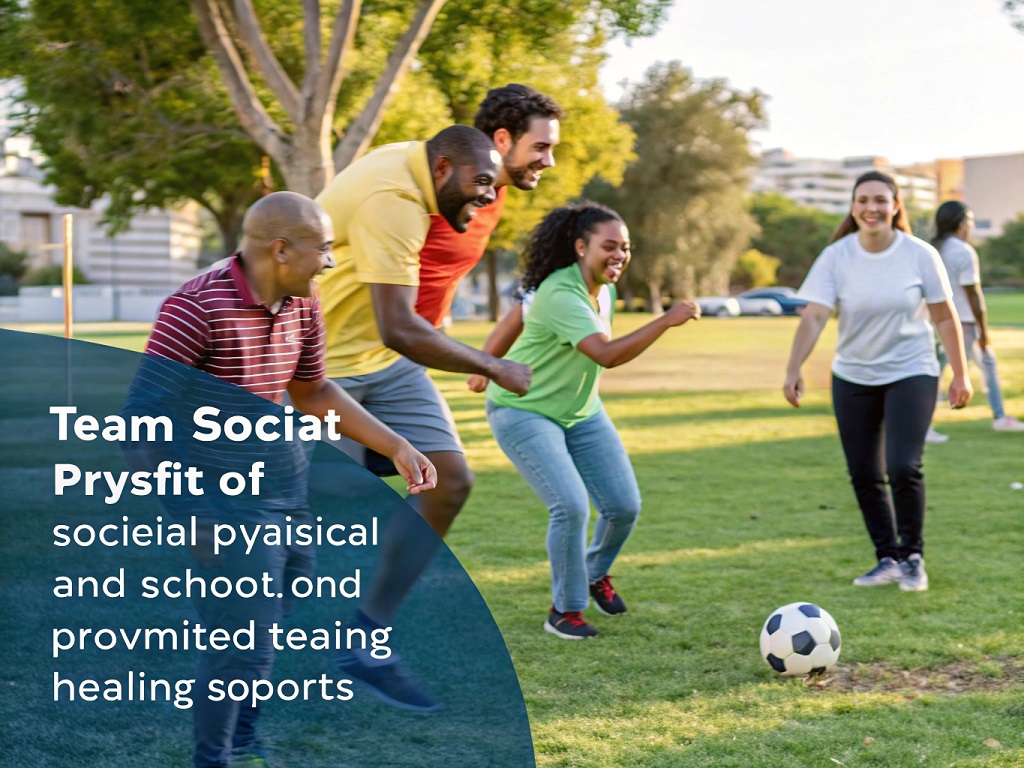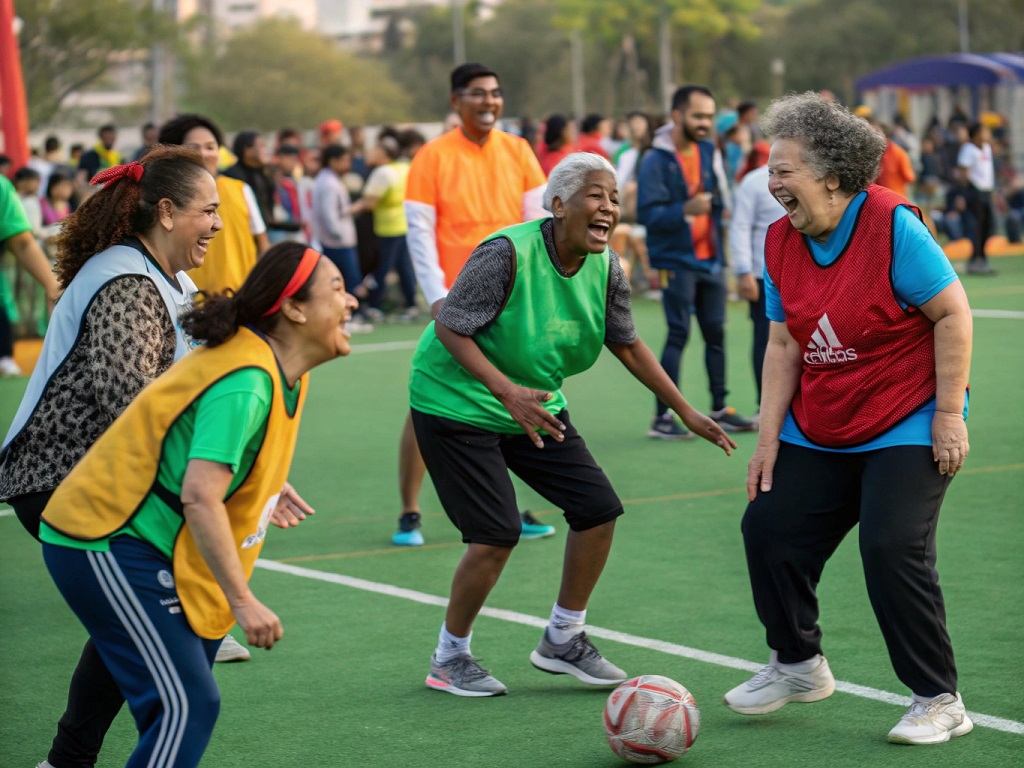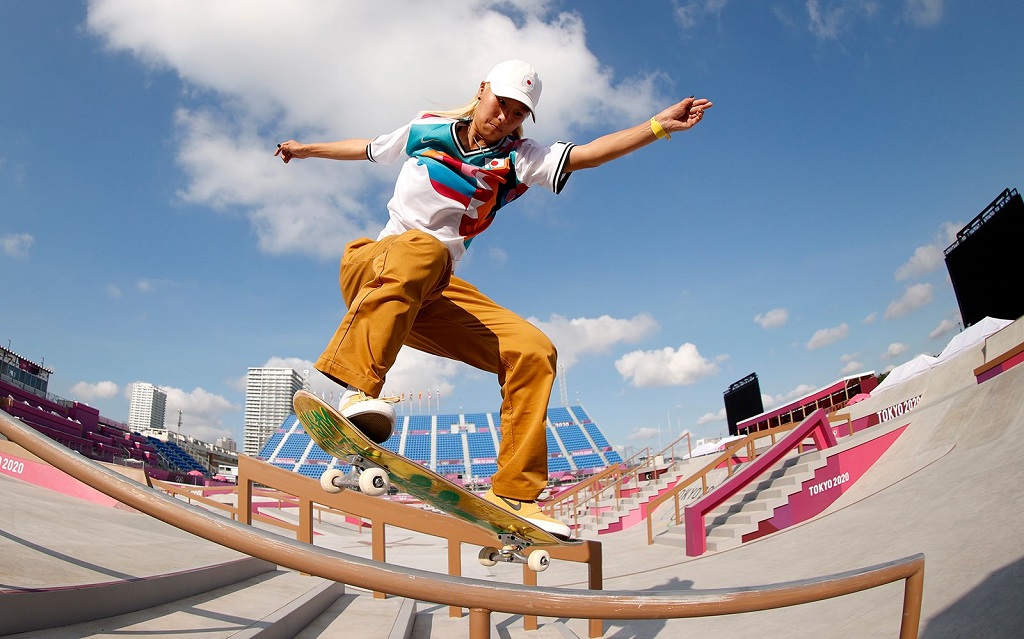In a world increasingly dominated by digital interactions and sedentary lifestyles, the importance of physical activity and team sports extends far beyond mere physical fitness. While the tangible benefits of a healthy heart and strong muscles are undeniable, the social dividends reaped from engaging in such activities are equally, if not more, impactful. These social benefits weave a rich tapestry of connection, community, and personal growth, enriching lives in profound ways. Let’s delve into the multifaceted social advantages that come with embracing physical activity and team sports.
Building Bridges: Enhanced Social Connection and Interaction
At the heart of team sports and group physical activities lies the inherent element of social interaction. Whether it’s the shared exhilaration of a winning goal, the collective effort during a challenging workout, or the camaraderie forged during post-game debriefs, these experiences create powerful bonds. Regular participation provides a structured environment for individuals to interact with people from diverse backgrounds, fostering a sense of belonging and community.
- Breaking Down Barriers: Sports and group activities often transcend age, gender, and socio-economic barriers, bringing together people who might not otherwise cross paths. This diverse interaction promotes understanding, empathy, and acceptance, breaking down societal silos.
- Shared Experiences, Stronger Bonds: The shared experiences of victory, defeat, and the pursuit of a common goal create lasting memories and strengthen interpersonal relationships. These shared moments become the foundation for enduring friendships and support networks.
- Combating Social Isolation: In an age of increasing social isolation, particularly among younger generations and older adults, team sports and group activities provide a vital antidote. They offer a sense of purpose and belonging, reducing feelings of loneliness and fostering a sense of connection.
Cultivating Essential Life Skills Through Teamwork
Team sports, in particular, serve as a crucible for cultivating essential life skills that extend far beyond the playing field. The collaborative nature of these activities necessitates effective communication, cooperation, and conflict resolution, skills that are invaluable in all aspects of life.
- Communication and Cooperation: Success in team sports hinges on clear and effective communication. Players learn to articulate their thoughts, listen attentively, and work collaboratively towards a shared objective. These skills translate directly into improved communication in personal and professional relationships.
- Leadership and Followership: Team sports provide opportunities for individuals to develop both leadership and followership skills. Players learn to take initiative, motivate others, and accept guidance from coaches and teammates. These experiences cultivate adaptability and resilience.
- Conflict Resolution and Negotiation: Disagreements and conflicts are inevitable in any team setting. Sports provide a safe space to learn how to navigate these challenges constructively, fostering skills in negotiation, compromise, and conflict resolution.
Boosting Mental Well-being and Emotional Resilience
The social benefits of physical activity and team sports extend to mental and emotional well-being. The sense of belonging, achievement, and support fostered by these activities can have a profound impact on an individual’s mental health.
- Reduced Stress and Anxiety: Physical activity is a well-known stress reliever, and the social aspect of team sports amplifies this effect. The endorphin release associated with exercise, coupled with the support of teammates, can significantly reduce anxiety and promote relaxation.
- Increased Self-Esteem and Confidence: Achieving personal and team goals, receiving positive feedback from coaches and teammates, and mastering new skills contribute to a sense of accomplishment and boost self-esteem. This increased confidence can translate into greater assertiveness and resilience in other areas of life.
- Enhanced Emotional Regulation: Team sports provide opportunities to manage emotions in a healthy way. Players learn to cope with frustration, disappointment, and pressure, developing emotional resilience and self-regulation skills.
Fostering Community Engagement and Social Responsibility
Physical activity and team sports often extend beyond the individual, fostering a sense of community engagement and social responsibility. Many sports clubs and organizations actively participate in community outreach programs, promoting social inclusion and positive change.
- Volunteerism and Civic Engagement: Sports clubs often engage in volunteer activities, such as coaching youth teams, organizing community events, and fundraising for charitable causes. This involvement fosters a sense of civic responsibility and strengthens community bonds.
- Promoting Social Inclusion: Sports can be a powerful tool for promoting social inclusion, particularly for marginalized groups. Inclusive sports programs create opportunities for individuals with disabilities, refugees, and other underrepresented populations to participate in meaningful activities and build social connections.
- Creating Positive Role Models: Athletes and coaches often serve as positive role models for young people, promoting healthy lifestyles, teamwork, and sportsmanship. This influence can have a lasting impact on the lives of young athletes and contribute to a more positive and inclusive society.
Developing a Sense of Identity and Belonging
Participating in a team or group activity can help individuals develop a stronger sense of identity and belonging. Shared experiences, common goals, and camaraderie build strong bonds, especially for young people and those who feel marginalized.
- Shared Values and Identity: Team sports often embody specific values, such as sportsmanship, perseverance, and respect. These shared values contribute to a strong team identity and create a sense of belonging among members.
- Building a Support System: The support and encouragement received from teammates and coaches can be invaluable, particularly during challenging times. This support system provides a sense of security and belonging, fostering resilience and well-being.
- Increased Social Integration: For individuals who may struggle with social integration, team sports can provide a structured and supportive environment to build social connections and develop a sense of belonging.
People Also Ask (FAQs)
Q: How does playing team sports benefit children’s social development?
A. Team sports help kids grow socially by teaching communication, teamwork, and conflict resolution skills.
They also learn to navigate social dynamics, build friendships, and develop a sense of belonging.
Q: Can physical activity help reduce social anxiety?
A: Yes, physical activity can be a powerful tool for reducing social anxiety. The endorphin release associated with exercise, coupled with the social interaction inherent in group activities, can help alleviate anxiety symptoms and promote relaxation.
Q: Are the social benefits of team sports limited to competitive sports?
A: No, the social benefits extend to recreational team sports and group fitness activities as well. Any activity that involves social interaction and shared experiences can foster a sense of community and belonging.
Q: How can schools and communities promote the social benefits of physical activity?
A: Schools and communities can boost social benefits of physical activity by offering diverse programs, fostering inclusion, and encouraging all to join.
Q: What are the long-term social benefits of staying active throughout life?
A: Staying active helps build friendships, boosts mental health, and keeps you connected to your community.It can also help maintain cognitive function and promote healthy aging.
Read More Also: How to Hardflip on a Skateboard: A Beginner’s Step-by-Step Guide
Conclusion
The social benefits of physical activity and team sports are undeniable and far-reaching.





